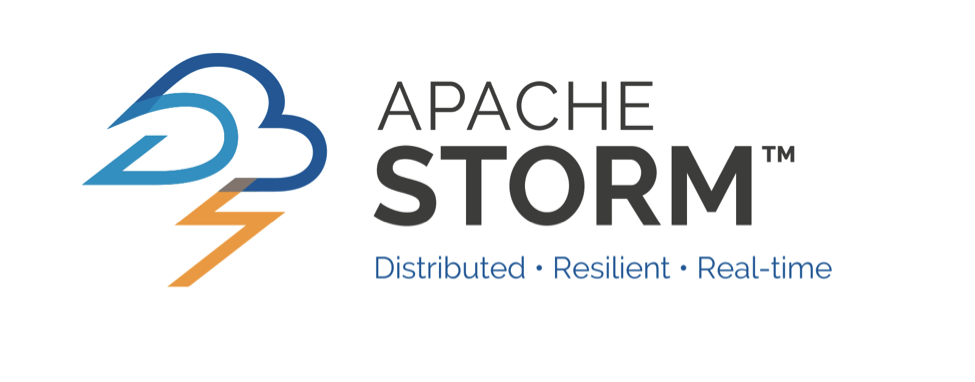Simple Testing Can Prevent Most Critical Failures: An Analysis of Production Failures in Distributed Data-Intensive Systems by Ding Yuan, et al.
Abstract:
Large, production quality distributed systems still fail periodically,and do so sometimes catastrophically, where most or all users experience an outage or data loss. We present the result of a comprehensive study investigating 198 randomly selected, user-reported failures that occurred on Cassandra, HBase, Hadoop Distributed File System (HDFS), Hadoop Map Reduce, and Redis, with the goal of understanding how one or multiple faults eventually evolve into a user-visible failure. We found that from a testing point of view, almost all failures require only 3 or fewer nodes to reproduce, which is good news considering that these services typically run on a very large number of nodes. However, multiple inputs are needed to trigger the failures with the order between them being important. Finally, we found the error logs of these systems typically contain sufficient data on both the errors and the input events that triggered the failure, enabling the diagnose and the reproduction of the production failures.
We found the majority of catastrophic failures could easily have been prevented by performing simple testing on error handling code–the last line of defense–even with out an understanding of the software design. We extracted three simple rules from the bugs that have lead to some of the catastrophic failures, and developed a static checker, Aspirator, capable of locating these bugs. Over 30% of the catastrophic failures would have been prevented had Aspirator been used and the identified bugs fixed. Running Aspirator on the code of 9 distributed systems located 143 bugs and bad practices that have been fixed or confirmed by the developers.
If you aren’t already convinced you need to read this paper, consider one more quote:
almost all (92%) of the catastrophic system failures are the result of incorrect handling of non-fatal errors explicitly signaled in software. (emphasis added)
How will catastrophic system failure reflect on your product or service? Hint: It doesn’t reflect well on topic maps or any other service or technology.
I say “read” this paper, perhaps putting it on a 90-day reading rotation would be better.



